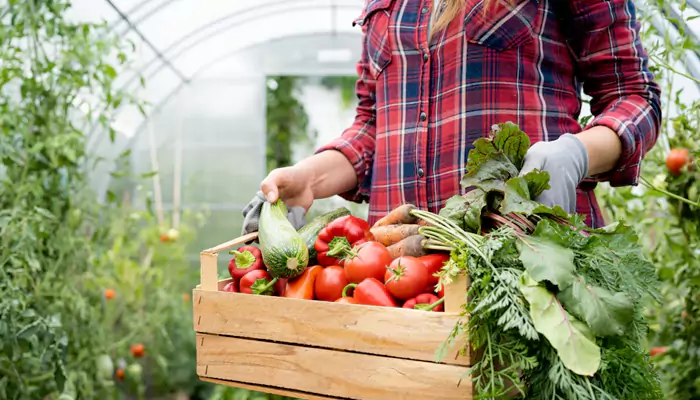Urban Foraging – The Rise Of Wild Foods In City Environments
In the heart of bustling cities, amidst concrete jungles and towering skyscrapers, a quiet revolution is taking place. Urban foraging, the practice of searching for and harvesting wild food in city environments, is gaining popularity.
- Ishani Karmakar
- 29 November, 2024
- 2 mins ago

Urban Foraging – The Rise Of Wild Foods In City Environments
In the heart of bustling cities, amidst concrete jungles and towering skyscrapers, a quiet revolution is taking place. Urban foraging, the practice of searching for and harvesting wild food in city environments, is gaining popularity.
From leafy greens growing in abandoned lots to edible flowers in public parks, city dwellers are discovering the abundance of wild foods available in their urban landscapes. This trend not only provides fresh, free, and nutritious food but also fosters a deeper connection with nature and sustainability in urban settings.
The Allure of Urban Foraging
Urban foraging offers a unique and enriching experience that appeals to a broad range of people. For many, the idea of finding food in unexpected places is both adventurous and empowering. It's a way to reconnect with the natural world, even in the most densely populated areas. The allure lies in the novelty and the challenge of identifying and collecting edible plants, mushrooms, and fruits that are often overlooked by the untrained eye.
Moreover, urban foraging is a response to the increasing interest in sustainable living and self-sufficiency. As people become more conscious of their environmental footprint, foraging for wild foods represents a sustainable alternative to conventional grocery shopping. It reduces reliance on industrial agriculture, minimizes packaging waste, and promotes the use of local resources.
The Benefits of Urban Foraging
The benefits of urban foraging extend beyond the thrill of the hunt. For starters, it's a cost-effective way to access fresh, organic produce. With rising food prices, foraging can significantly cut down on grocery bills. Additionally, wild foods are often richer in nutrients compared to their cultivated counterparts.
Urban foraging also encourages physical activity and time spent outdoors, which are crucial for our well-being. The act of walking through parks, alleys, and vacant lots in search of edible treasures provides exercise and a break from sedentary lifestyles. It also fosters a sense of community as foragers often share their knowledge and bounty with others.
Getting Started with Urban Foraging
For those new to urban foraging, the idea of eating wild plants might seem daunting. However, with some basic knowledge and a few guidelines, anyone can start safely foraging in their city. Here are some tips to get you started:
Educate Yourself
Before you begin, it's essential to learn about the edible plants in your area. Invest in a good field guide or take a foraging class. Many cities have local foraging groups or experts who offer guided tours and workshops.
Start Small
Begin with easily identifiable plants like dandelions, clover, and wild garlic. These are common in urban areas and have no toxic look-alikes.
Respect the Environment
Only take what you need and ensure you're not damaging the plant or its habitat. Foraging should be sustainable and respectful of nature.

Avoid Polluted Areas
Be mindful of where you forage. Avoid areas that might be contaminated with pesticides, heavy metals, or pollutants, such as roadsides, industrial sites, and dog parks.
Use Proper Tools
Carry a basket or bag for collecting your finds. Gloves can also be useful when handling prickly plants.
Popular Urban Foraging Finds
Urban environments are surprisingly rich in edible plants. Here are a few common finds:
Dandelions
Every part of this ubiquitous plant is edible, from the roots to the flowers. They can be used in salads, teas, and even as a coffee substitute.
Wild Garlic
Recognizable by its garlic smell, wild garlic can be used just like regular garlic in cooking.
Clover
Both the leaves and flowers of clover are edible and can be added to salads or used to make tea.
Nettles
While they need to be handled carefully due to their sting, once cooked, nettles are a nutritious green.
Mulberries
These sweet berries can often be found on urban trees and are perfect for snacking or making jams.
Urban foraging is more than just a trend; it's a movement towards reconnecting with nature, promoting sustainability, and enjoying the bounties that our urban environments have to offer. By taking the time to learn about and engage in this practice, city dwellers can discover a new way to nourish themselves while contributing to a greener, more sustainable future.










